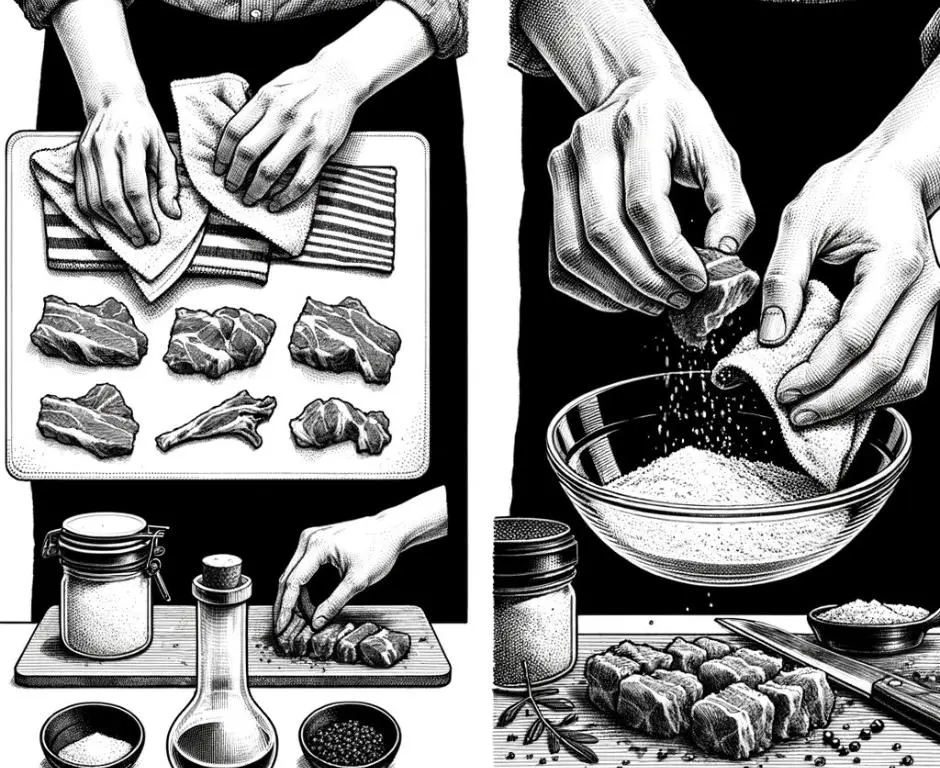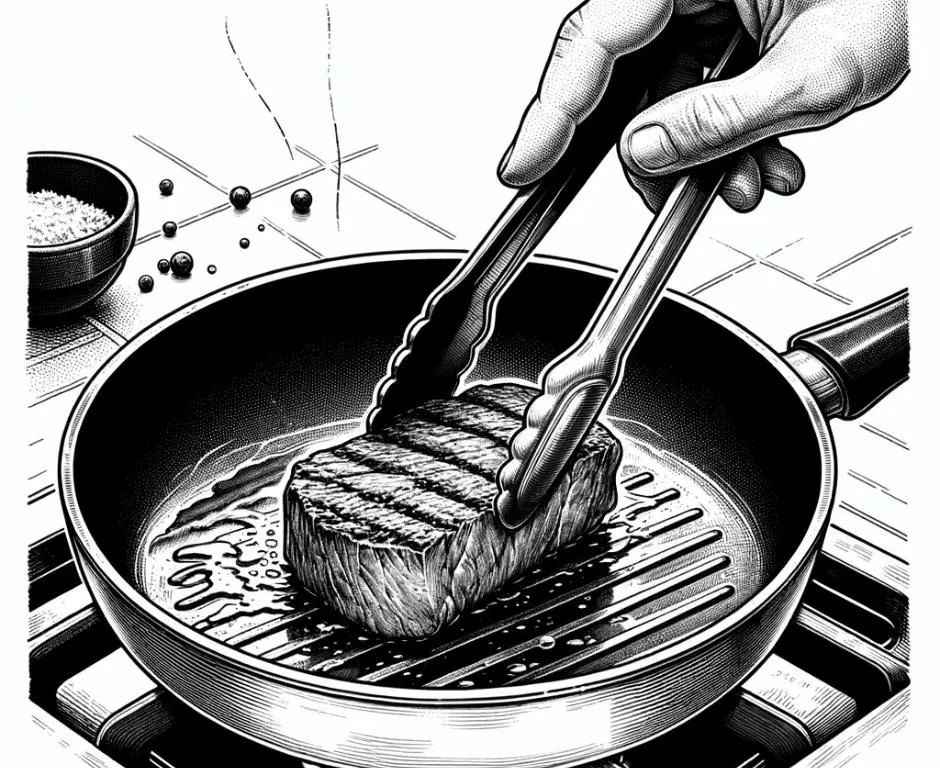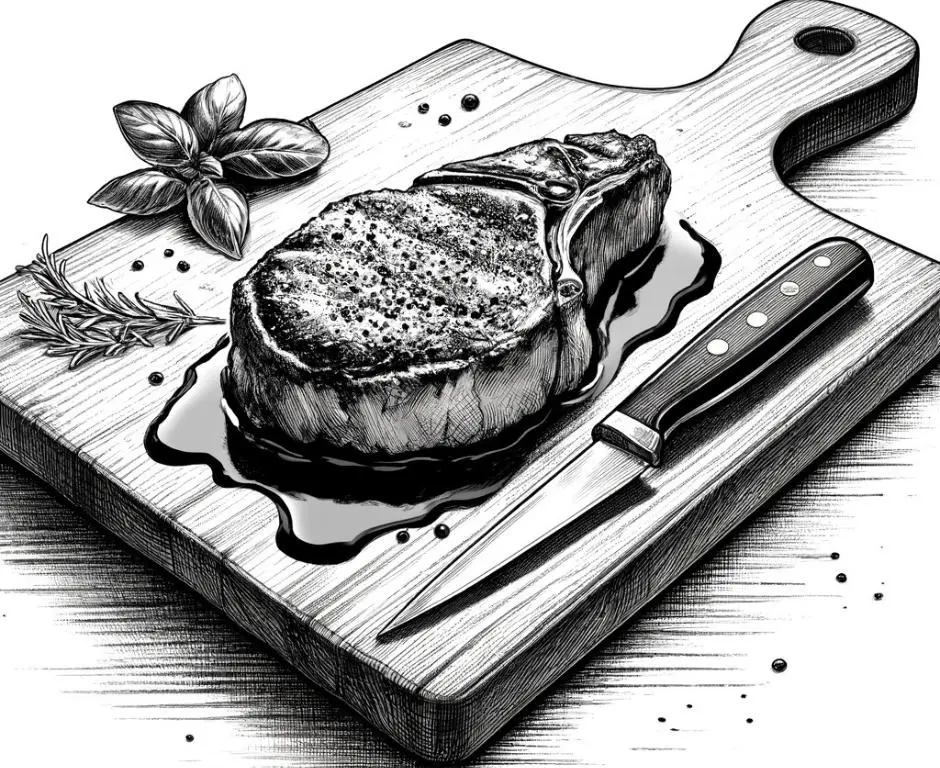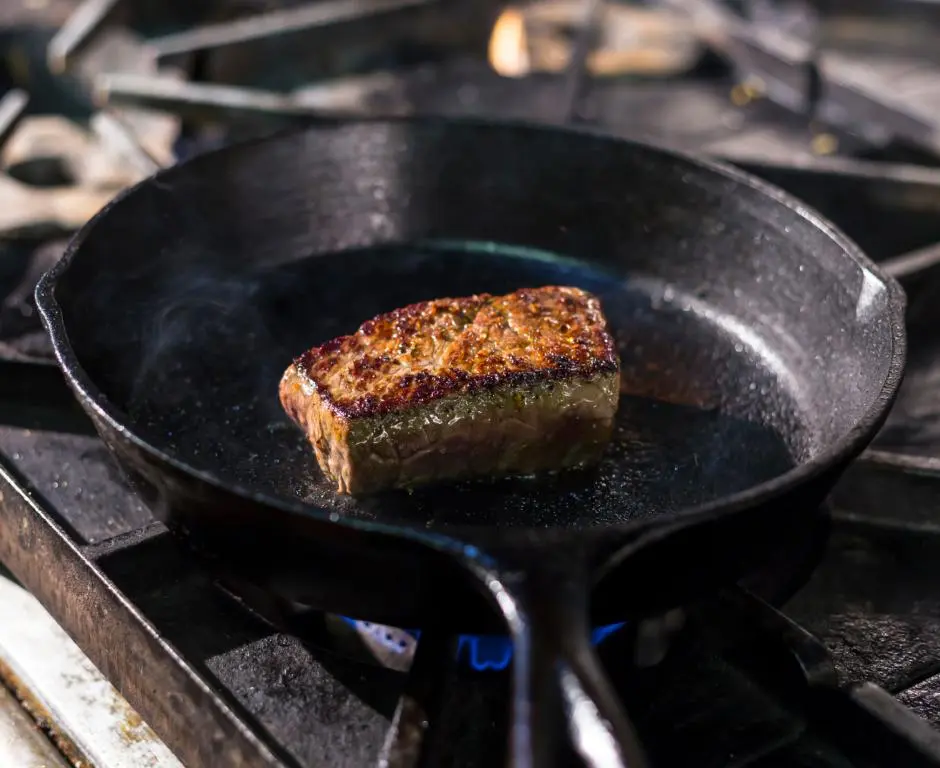Pan searing is a culinary technique that every home cook should master to elevate their cooking. This method involves cooking meat at a high temperature in a heavy pan to form a deliciously caramelized crust without overcooking the interior.
Ideal for achieving a restaurant-quality finish, pan searing is straightforward but requires a bit of know-how to perfect. In this guide, we’ll dive into the process of pan searing, the best cuts of meat for this method, and provide step-by-step instructions to ensure your success.
What is Pan Searing?
Pan searing is a dry heat cooking method that uses high heat to form a rich, brown crust on the surface of the meat. The objective is to quickly cook the outer surface to enhance flavor and texture while keeping the inside moist and tender. This technique not only improves the aesthetic appeal of the meat but also locks in flavors and juices, creating a succulent finished product.
Best Cuts for Pan Searing
Selecting the appropriate meat cuts is crucial for optimal results with pan searing. Here are some ideal choices:
- Beef: Ribeye, filet mignon, sirloin, and New York strip are perfect as they are tender and well-marbled.
- Pork: Chops, especially bone-in, provide the right thickness for a good sear.
- Chicken: Skin-on breasts or thighs are excellent for getting a crispy skin and juicy interior.
- Lamb: Loin chops or rack of lamb sear beautifully and are naturally tender.
These cuts are generally thicker and have enough fat content to withstand the high heat required for searing.
Step-by-Step Guide to Pan Searing Meat
Equipment Needed:
- Heavy skillet, preferably cast iron
- Tongs
- Meat thermometer
Cooking Steps:
Prep the Meat:
- Dry the surface of the meat thoroughly with paper towels. Excess moisture prevents browning.
- Season the meat generously with salt and pepper.

Heat the Pan:
Heat your skillet over medium-high to high heat. Let the pan get hot before adding the oil.
Add a thin layer of high smoke point oil, like grapeseed or canola, just before placing the meat in the pan.
Sear the Meat:
Place the meat in the hot pan. Do not overcrowd; sear in batches if necessary.
Let the meat cook undisturbed for a few minutes until a golden-brown crust forms. Resist the urge to move the meat around.
Flip the meat using tongs and sear the other side.

Check for Doneness:
Use a meat thermometer to ensure the meat is cooked to your liking. For beef steaks like ribeye or sirloin, 135°F (57°C) is medium-rare.
Adjust the cooking time based on thickness and desired doneness.
Rest the Meat:
Once seared to perfection, remove the meat from the pan and let it rest on a cutting board for several minutes before slicing. This step allows the juices to redistribute throughout the meat, ensuring it’s moist and flavorful when cut.

Tips for Perfect Pan Searing
- Preheat the pan: A sufficiently hot pan is critical for a successful sear.
- Avoid using non-stick pans: Non-stick pans can’t handle the high heat needed for effective searing.
- Use just enough oil: Too much oil can cause the meat to fry rather than sear.
Common Mistakes to Avoid
- Flipping too soon: Give the meat time to develop a crust before flipping. It should release from the pan easily.
- Overcrowding the pan: This lowers the pan’s temperature, causing the meat to steam instead of sear.
Conclusion
Pan searing is a simple yet powerful technique to enhance the texture and flavor of meat. By following these steps and tips, you can achieve a perfectly seared piece of meat that rivals those found in fine dining restaurants. Whether you’re preparing a special dinner or want to impress your guests, pan searing is a skill that will help you create memorable meals.
